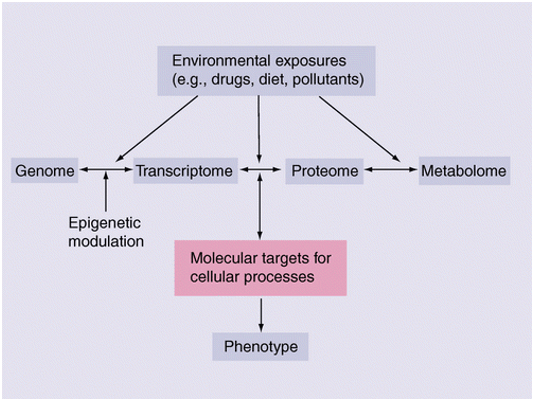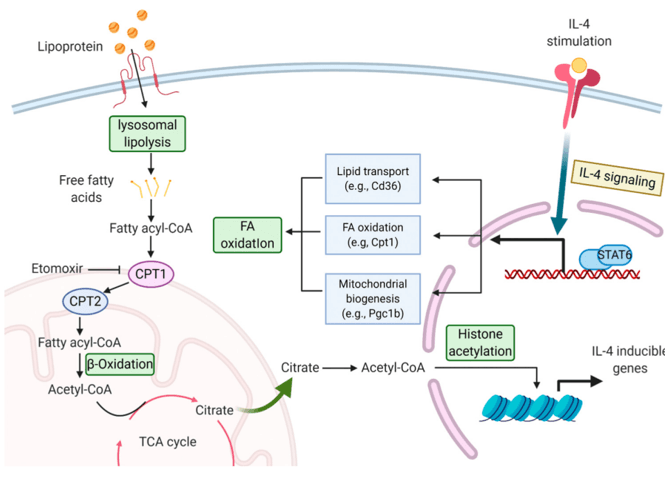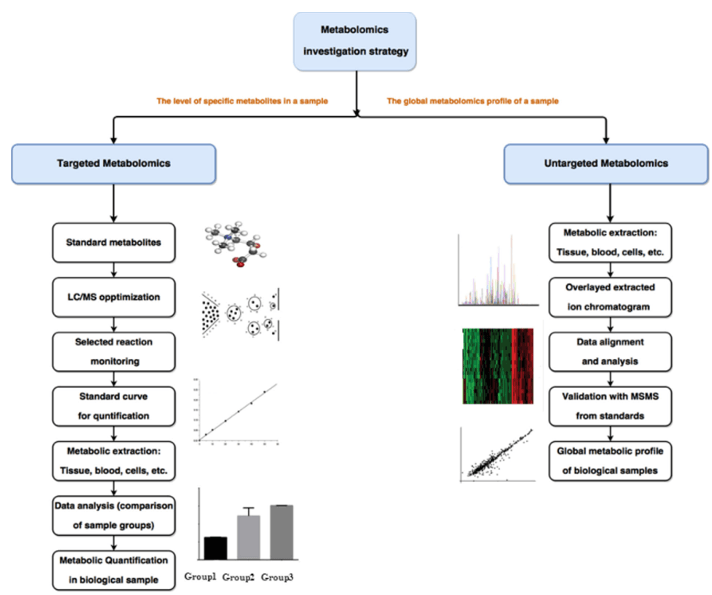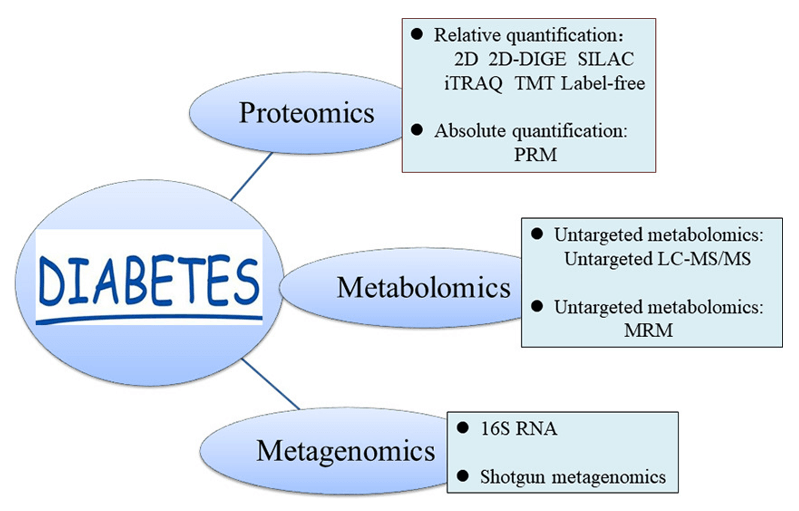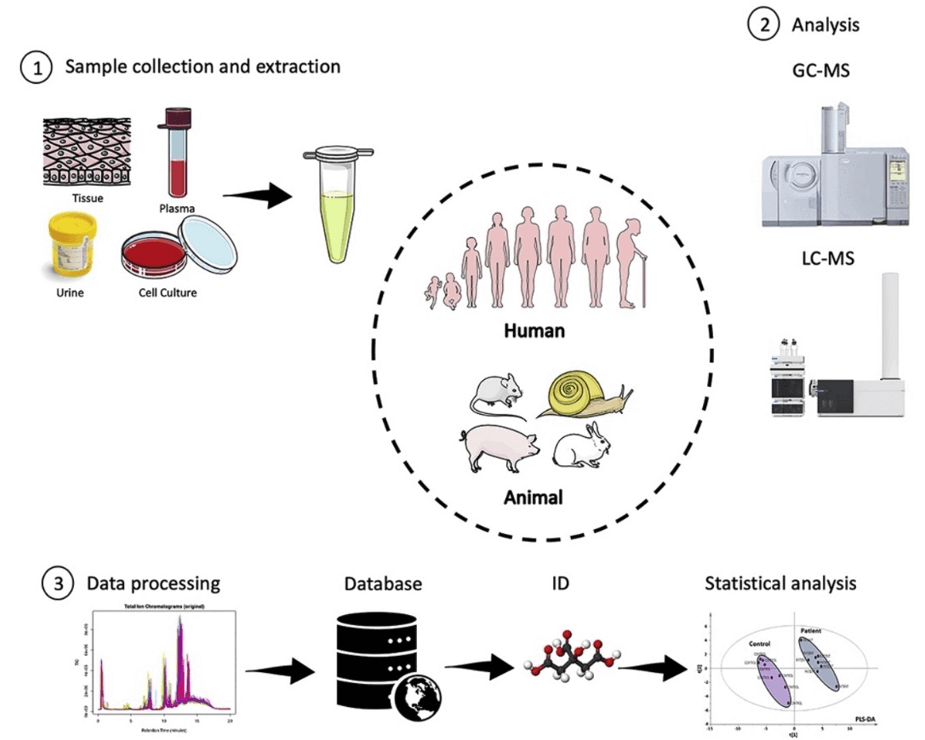Adenosine Monophosphate Analysis Service
Submit Your InquiryAbout Adenosine Monophosphate
Adenosine monophosphate (AMP), also known as adenosine monophosphate, 5'-adenine nucleotide or adenylate, is a nucleotide found in ribonucleic acid (RNA).
AMP consists of a molecule of adenine, a molecule of adenosine composed of ribose, and a molecule of phosphoric acid. It is formed after ATP and ADP release energy in the body. It can continue to combine with phosphate groups to form adenosine diphosphate (ADP) and adenosine triphosphate (ATP). It is the product of incomplete hydrolysis of ATP.
Its chemical formula is C10H14N5O7P, and CAS number is 61-19-8.
The MS-based technical means can realize the qualitative and quantitative analysis of adenosine monophosphate.
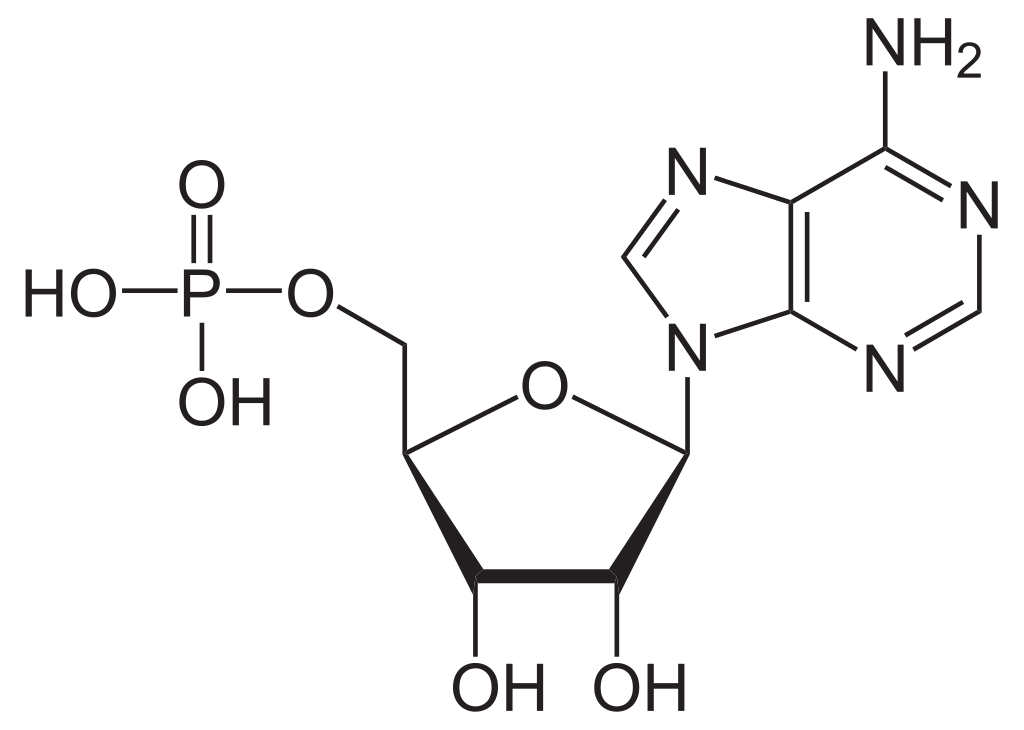
Technical Route of Targeted Metabolomics of Adenosine Monophosphate
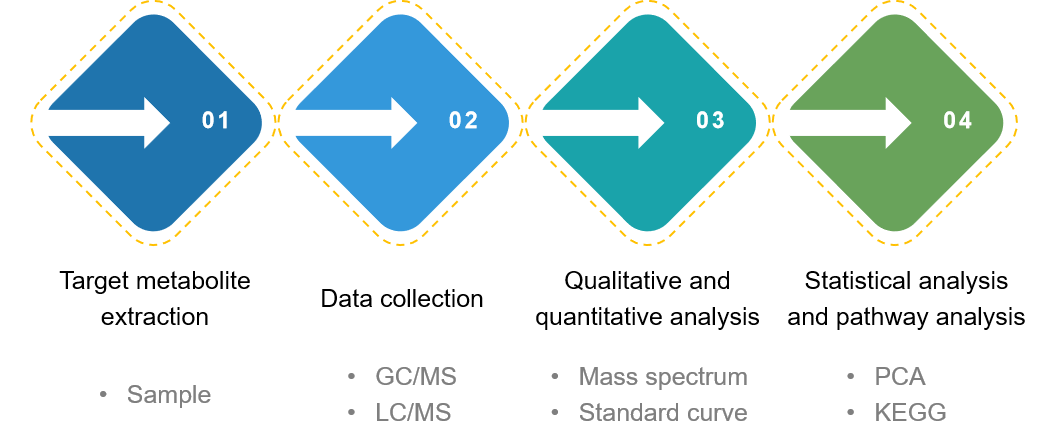
Sample Requirements
| Sample type |
| Animal cells, tissues, urine, whole blood, serum, plasma, etc. Plant cells, tissues, organs, etc. Cell sample - please centrifuge after sampling, remove the medium, immediately put it in liquid nitrogen, and store it at -80°C. Tissue and organ samples - please put it in liquid nitrogen immediately after separation, and store it at -80°C. |
| Sample mixed |
| In order to ensure the accuracy of the samples and reduce systematic errors during sampling, it is necessary to select more than 3 materials with the same condition for each sample. ※ The same condition refers to the same period, basically the same phenotype and the same part. |
| Sample weight and repeat |
| For samples with low water content, such as stems, flowers, seeds, dormant buds, etc., fresh sample > 1g. For samples with middle water content, roots and leaves (especially young leaves), fresh sample > 2g. For samples with water content > 90%, if fruit (tomato, watermelon, citrus, etc.), fresh sample > 5g. Blood ≥ 100µl, urine ≥ 100µl, tissue ≥ 50mg, fresh stool ≥ 50mg, freeze-dried stool ≥ 5mg, cell ≥ 1*107 Samples that have been lyophilized are > 0.5g. It is recommended that prepare more than 6 biological replicates. |
| Storage and transportation |
| Quick-freeze the samples with liquid nitrogen and minimize the leakage time of the plant samples at room temperature. Transport samples with dry ice (about 3~4 kg dry ice is consumed every day, please use sufficient dry ice for transportation). There is no restriction on plant varieties. For varieties with special requirements or rare varieties, please contact our staff for more information. |
Feedback to Customers
Creative Proteomics will provide you with detailed technical reports, including
- Experimental steps
- Related mass spectrometry parameters
- Part of the mass spectrum picture
- Raw data
- Metabolic molecular identification results
Creative Proteomics offers several approaches to metabolomics studies, delivers precise and detailed data and analysis report. We can also customize the methods or establish new methods together with our collaborators, so they are fit-for-purpose and meet your specific needs. If you have any questions or specific requirements, please feel free to contact us.
References
- Riera-Borrull M, Rodríguez-Gallego E, Hernández-Aguilera A, et al. Exploring the process of energy generation in pathophysiology by targeted metabolomics: performance of a simple and quantitative method. Journal of the American Society for Mass Spectrometry, 2015, 27(1): 168-177.
- Kim M J, Lee M Y, Shon J C, et al. Untargeted and targeted metabolomics analyses of blackberries – Understanding postharvest red drupelet disorder. Food Chemistry, 2019, 300:125169.
- Wang X, Zhao X, Zhao J, et al. Serum metabolite signatures of epithelial ovarian cancer based on targeted metabolomics. Clinica Chimica Acta, 2021, 518: 59-69.




